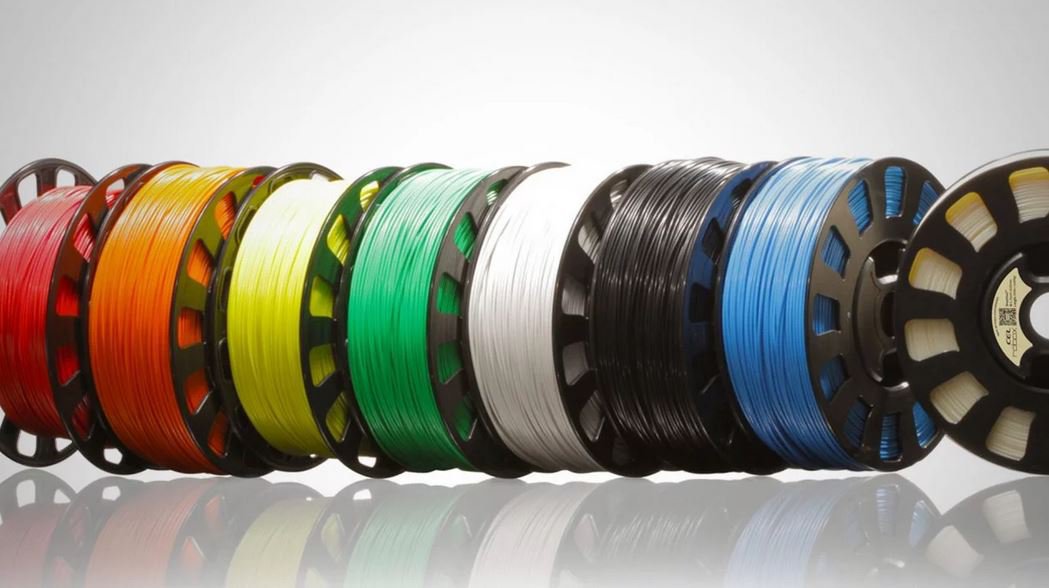When it comes to laser printers, one of the most frequently asked questions is, How long does a cartridge last? Understanding the lifespan of a laser printer cartridge is crucial for both businesses and home users, as it directly impacts printing costs, efficiency, and overall productivity. In this article, we will delve into the factors that influence cartridge longevity, the average yield you can expect, and tips for maximizing the lifespan of your laser printer cartridges.
Understanding Cartridge Yield
The term cartridge yield refers to the number of pages a cartridge can print before it runs out of toner. This yield is typically measured in standard pages, which are defined by the ISO/IEC 19752 standard for monochrome laser printers. According to this standard, a standard page consists of 5% coverage of the printed area. However, real-world usage often varies significantly based on several factors.
Factors Influencing Cartridge Longevity
- Print Coverage: The most significant factor affecting cartridge lifespan is print coverage. If your documents contain a lot of graphics, images, or heavy text, the toner will deplete much faster than if you are printing simple text documents. For instance, a document with 20% coverage may yield significantly fewer pages than one with only 5% coverage.
- Printer Settings: The settings you choose for your print jobs can also impact toner usage. Draft mode, for example, uses less toner than standard or high-quality modes. Adjusting your printer settings based on your needs can help extend the life of your cartridge.
- Type of Documents: The nature of the documents you print plays a crucial role in determining cartridge longevity. Regular text documents will consume toner differently than color graphics or high-resolution images. Understanding your printing habits can help you better estimate cartridge lifespan.
- Environmental Factors: Humidity and temperature can affect toner performance. High humidity can cause toner to clump, while extreme temperatures can affect the toner’s ability to adhere to paper. Keeping your printer in a stable environment can help maintain optimal performance.
- Cartridge Quality: Not all cartridges are created equal. OEM (Original Equipment Manufacturer) cartridges are designed specifically for your printer model and often provide the best yield. However, third-party or remanufactured cartridges may offer lower yields or inconsistent quality, impacting overall performance.
Average Cartridge Lifespan
On average, a standard monochrome laser printer cartridge can yield anywhere from 1,500 to 5,000 pages, depending on the factors mentioned above. High-capacity cartridges can yield even more, sometimes exceeding 10,000 pages. Color cartridges typically have lower yields due to the nature of color printing, with yields ranging from 1,000 to 3,500 pages for each color.
Maximizing Cartridge Lifespan
To ensure you get the most out of your laser printer cartridges, consider the following tips:
- Regular Maintenance: Keep your printer clean and well-maintained. Dust and debris can affect print quality and toner distribution.
- Use Draft Mode When Appropriate: For internal documents or drafts, use draft mode to save toner.
- Monitor Print Jobs: Be mindful of your print jobs. If you’re printing a document with heavy graphics, consider printing only the pages you need.
- Store Cartridges Properly: If you have spare cartridges, store them in a cool, dry place away from direct sunlight to prevent degradation.
- Invest in Quality Cartridges: Whenever possible, opt for OEM cartridges or reputable third-party brands to ensure consistent quality and yield.
Conclusion
Understanding how long a cartridge lasts in a laser printer is essential for managing printing costs and ensuring efficiency. By considering factors such as print coverage, printer settings, and the type of documents you print, you can better estimate cartridge lifespan and make informed decisions about your printing needs. With proper maintenance and mindful usage, you can maximize the longevity of your laser printer cartridges, ultimately leading to cost savings and improved productivity.

